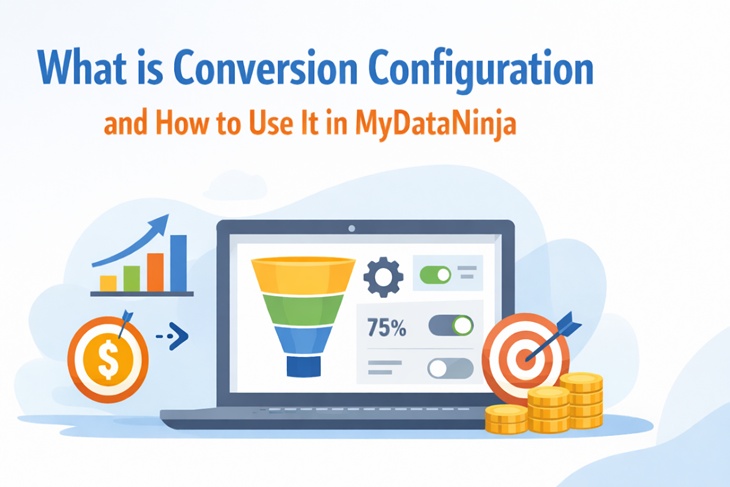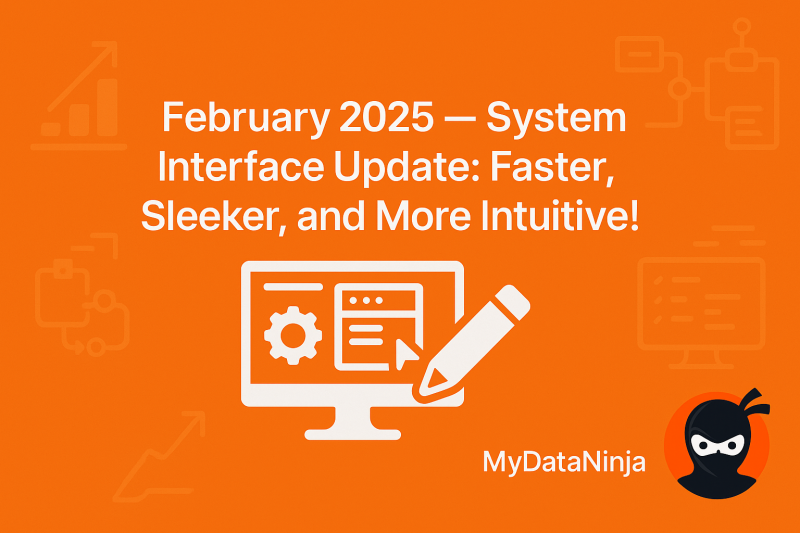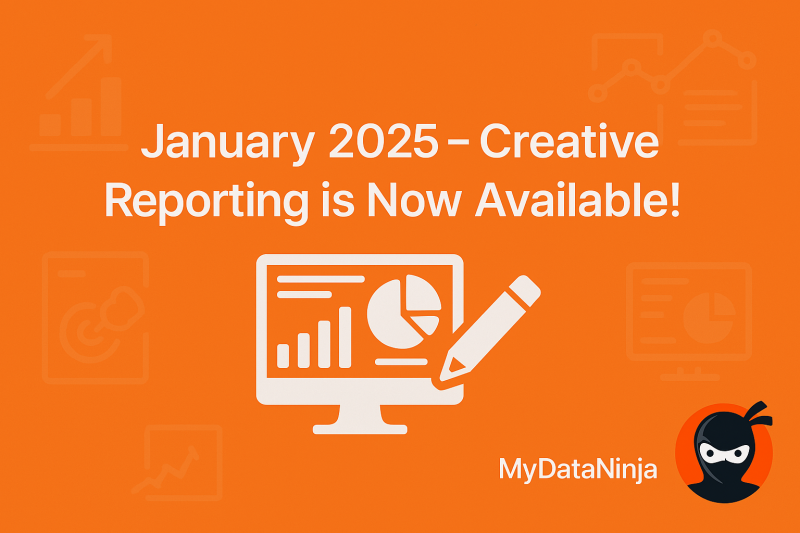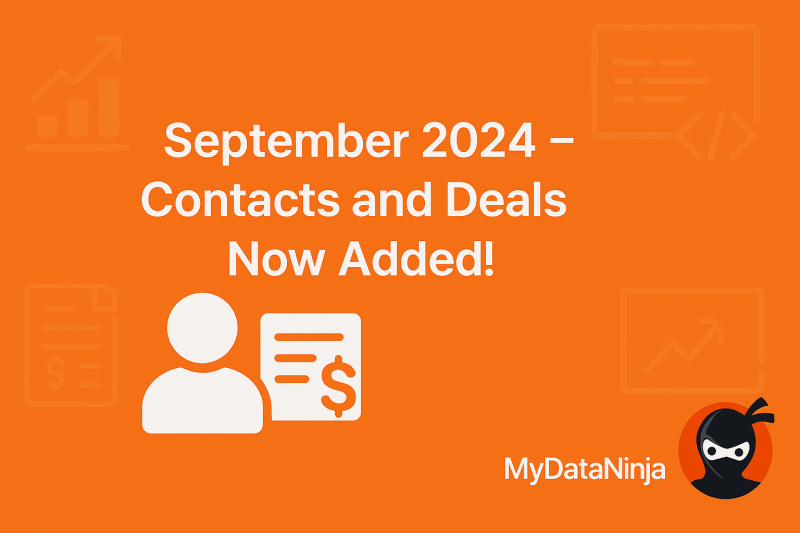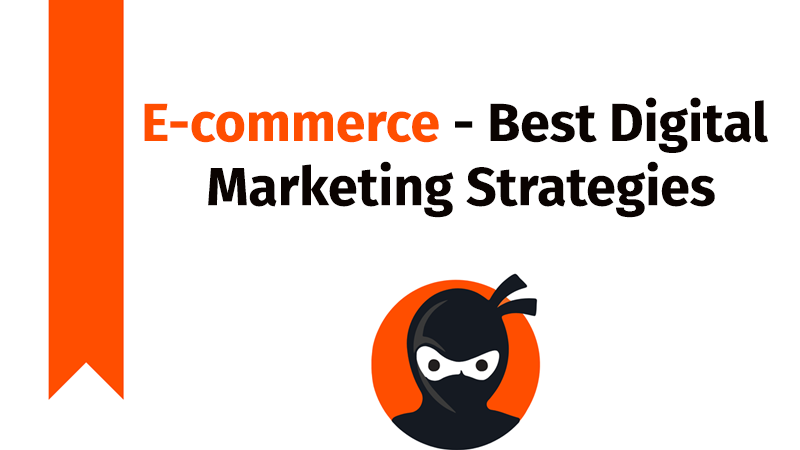
As we all know, in the past couple of decades, the digital world has been expanding more and more, and I am sure you already know what E-commerce is. But, do you know about the strategies you can use for better E-commerce marketing in the digital world? Nevertheless, today I will tell you about some of the most important and influential strategies. Let’s dive in!
Search Engine Optimization (SEO)
Search engine optimization, also known as SEO, is crucial for your E-commerce marketing. Here are some examples of why:
On page SEO
On-page SEO involves optimizing individual pages on your website to rank higher in search engines, meaning more user interactions. This includes using relevant keywords in your product titles, descriptions, and meta tags, as well as ensuring your URLs are clean and Detailed. These practices help search engines understand your content and make it easier for potential customers to find your products.
Technical SEO
- Technical SEO focuses on the backend of your website to improve its performance. Key aspects include:
- Ensuring fast load times
- Making the site mobile-friendly
- Maintaining a clear site architecture.
These factors improve user experience and help search engines index your site more effectively, boosting your overall search rankings.
Off-Page SEO
Off-page SEO involves activities outside your website to improve its search engine rankings. Key components include:
- Backlinks – Acquiring high-quality, relevant links from other reputable websites to boost your site’s authority and rankings.
- Guest Blogging – Writing for other reputable sites to gain backlinks and enhance your online presence.
- Online Reviews and Ratings – Gathering positive reviews on platforms like Google Business Profile to improve your site’s credibility and local SEO.
The key here is to be as human and natural as possible, this way you can avoid Google’s penalizations.
Pay-Per-Click Advertising (PPC)

Pay-per-clicks are a part of SEM, another very important aspect of digital marketing for E-commerce, but today we will talk about just PPCs.
Google Ads
Google Ads allows you to bid on keywords so your ads appear at the top of search results. This is an effective way to drive immediate traffic to your website. You pay only when someone clicks on your Ad, ensuring your budget is spent on interested potential customers. This is great for small E-commerce brands that are low on budget.
Social Media Ads
Social media platforms like Facebook, Instagram, and Pinterest offer highly targeted advertising options. You can create ads that reach specific demographics and interest groups, ensuring your products are seen by the right people. These ads can be used to promote sales, new arrivals, or special events.
Social Media Marketing

Social media marketing is the most widely used marketing option today, so it is very important to use it. We have a great blog explaining an in-depth explanation about social media marketing for E-commerce brands. Let’s do a brief overview now.
Platform Selection
Focusing on the right social media platforms is beneficial for your E-commerce marketing. You should choose the right platform depending on where your target audience spends their time. For example:
Instagram and Pinterest are based on visual content, so users pay attention to visual details, meaning your E-commerce marketing must be based on visual content.
LinkedIn is more focused on B2B marketing.
By focusing your efforts on the right platforms, you can more effectively reach and engage your audience.
Content Strategy
Your social media posts have to be diverse and creative, the more eye-catching they are, the better. Mix product showcases with behind-the-scenes looks, customer stories, and interactive posts. This diversity keeps your audience interested and encourages them to interact with your brand.
Community Engagement
Engaging with your audience on social media involves responding to comments, answering questions, and participating in discussions. This interaction builds a sense of community around your brand and encourages customer loyalty.
Email Marketing

Some say Email marketing is dead, it’s an old trend and nobody should use it anymore, but I think otherwise. Email marketing is one of the best ways to interact with your customers, keep them up to date, and even create special emails for your loyal customers.
Segmentation
Segmenting your email list allows you to send more personalized and relevant messages. By dividing your audience based on factors like purchase history or browsing behavior, you can tailor your emails to different groups, increasing engagement and conversion rates.
Automation
Automated email sequences help deepen customer relationships. Examples include:
- Welcome series for new subscribers
- Abandoned cart reminders
- Post-purchase follow-ups
These emails keep your audience engaged with minimal ongoing effort. The best part is it can be all automated.
Personalization
As I mentioned earlier, you can create personalized emails for your loyal customers, this behavior sets a pleasant feeling of being special. Personalized emails address the recipient by name and include content created to their interests or past behavior. This makes the communication feel more relevant and increases the likelihood of engagement. All these are great marketing strategies for your E-commerce store.
Affiliate Marketing
Affiliate marketing is a performance-based marketing strategy where your E-commerce store can reward affiliates (partners) for driving traffic or sales to the company’s products or services through the affiliate’s marketing efforts. Affiliates earn a commission for each sale or action generated through their unique referral links. But there is more!
Partner Selection
Choosing the right affiliates involves selecting partners whose audience aligns with your target market. These could be bloggers, influencers, or websites with similar interests.
Rewards
Offering competitive commissions motivates affiliates to promote your products. The more they stand to earn, the more effort they’ll put into their promotions.
Tracking and Analytics
Using affiliate tracking software helps you monitor performance. This allows you to see which affiliates are driving the most sales, adjust your strategy accordingly, and potentially save some money for your E-commerce as well.
Influencer Marketing

Every influencer has their own followers, they love watching their favorite influencer and most importantly, they listen to them. By creating the right strategy, influencers can help your E-commerce business grow. Here are some examples:
Identify Influencers
Try to choose the right influencers, and try to identify the ones who have a deeper connection to their audience. Also, the ones who align with your brand.
Collaborations
Partner with influencers for product reviews, giveaways, and sponsored content. These collaborations can increase your brand’s visibility and credibility.
Long-term Relationships
Building long-term relationships with influencers leads to ongoing promotion and a deeper connection with their audience, benefiting your brand over time.
Content Marketing
For your website to be ranked in Google, or to be seen by people, you need to create different types of content. Here are some ideas, and how they can benefit your E-commerce brand.
Blogging
Regularly publishing blog posts that provide value to your customers improves your SEO and establishes your brand as an authority. This content can answer common questions, offer tips, or provide industry information.
Video Content
Creating videos to showcase your products, share tutorials, or highlight customer feedback engages your audience and can be shared across multiple platforms. Also, try to make it in a good quality and a straightforward one.
User-Generated Content
Encouraging customers to share their experiences with your products provides authentic content that can act as social proof, influencing potential buyers, this creates a sense of safety and encourages loyalty from users.
Conversion Rate Optimization (CRO)
Conversion Rate Optimization (CRO) is the process of improving a website or landing page to increase the percentage of visitors who take a desired action, such as making a purchase, signing up for a newsletter, or filling out a form. The goal of CRO is to maximize the return on investment (ROI) from existing traffic. Let’s see some of the examples and details.
A/B Testing
A/B testing is a great way to see what works for your E-commerce brand, and what attracts users. Try experimenting with different designs, texts and colors, different forms, and call-to-action buttons.
User Experience
Easy navigation through different pages, accessible buttons, and well-chosen colors are crucial for a good website experience. A clear layout, simple checkout process, and responsive customer service can significantly boost your conversion rates.
Trust Signals
Displaying reviews, feedback, and trust badges (like SSL certificates) on your E-commerce website helps build trust with potential customers, making them more likely to make a purchase.
Retargeting
Retargeting, also known as remarketing, is a digital marketing strategy that involves targeting advertisements to people who have previously visited a website or engaged with a brand but did not complete a desired action, such as making a purchase or filling out a form. Let’s go through some examples:
Ad Campaigns
Retargeting Ads reconnect visitors who have left your E-commerce website without making a purchase. These Ads remind them of the products they viewed, encouraging them to return and complete their purchase.
Dynamic Retargeting
Dynamic retargeting shows personalized Ads featuring the specific products users viewed or added to their carts. This personalized approach increases the chances of conversion.
Analytics and Reporting

Keeping analytics and reporting are very important for your E-commerce business. MyDataNinja can help you keep this data safe, and even help you get the analytics in the first place.
E-commerce Tracking
Implementing e-commerce tracking gives you detailed information about your sales performance. Track metrics like average order value and product performance to make data-driven decisions.
Data-Driven Decisions
Regularly reviewing your analytics helps you understand what’s working and what’s not. Use this data to optimize your marketing strategies, making sure you’re focusing on the tactics that drive the best results.
Conclusion
Integrating these strategies into your digital marketing plan can enhance your E-commerce business. Continue to monitor performance, make data-driven decisions, and adapt your approach to stay ahead of the competition and achieve your business goals.
Also, you can use MyDataNinja features to make your work way easier and get more specific data, storing it safely in our CRM and monitoring different advertisement accounts in one simple tool. Join us and get a 7-day free trial.
If you have any additional questions about the MyDataNinja tool, feel free to contact our support team.




